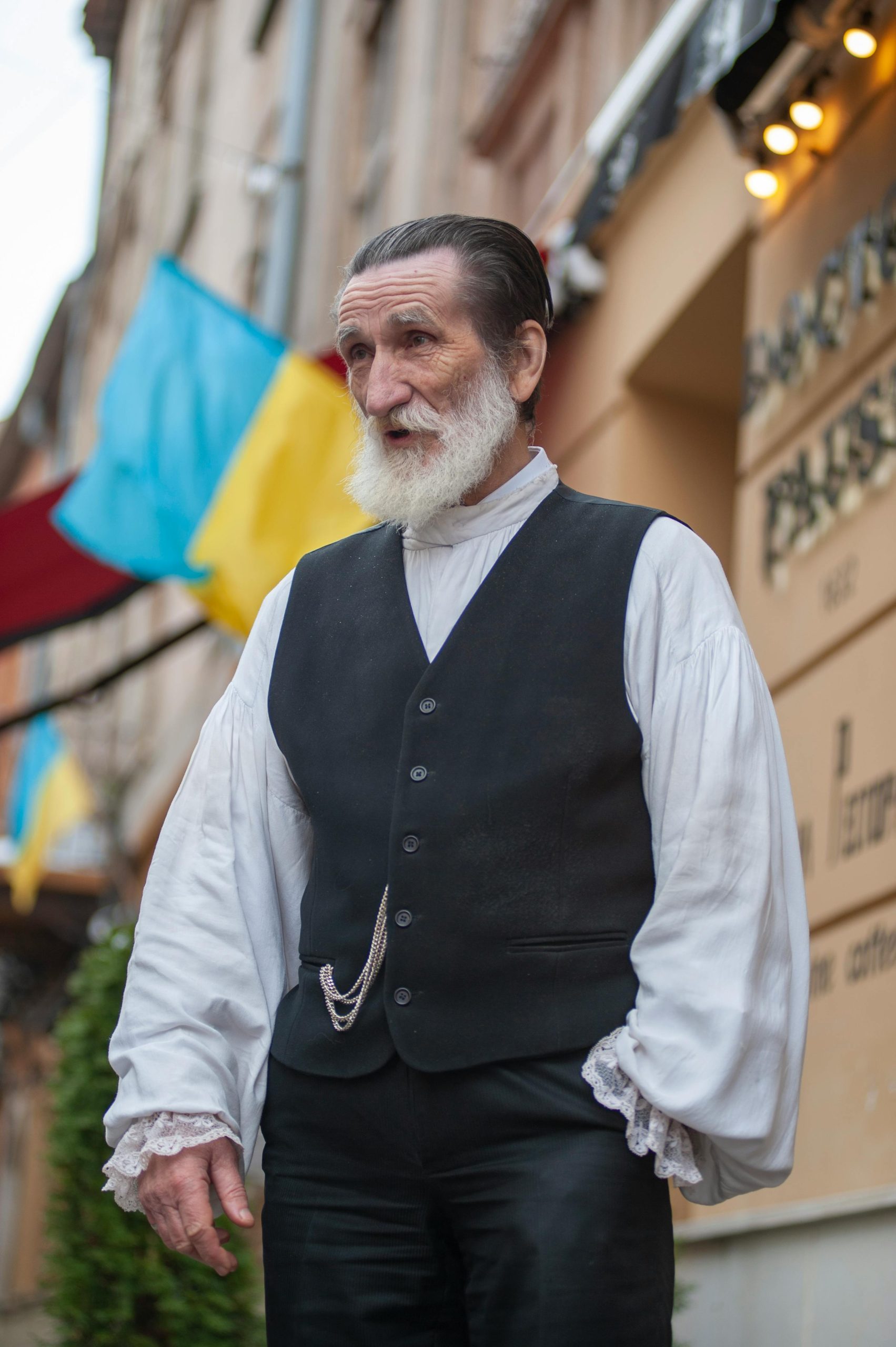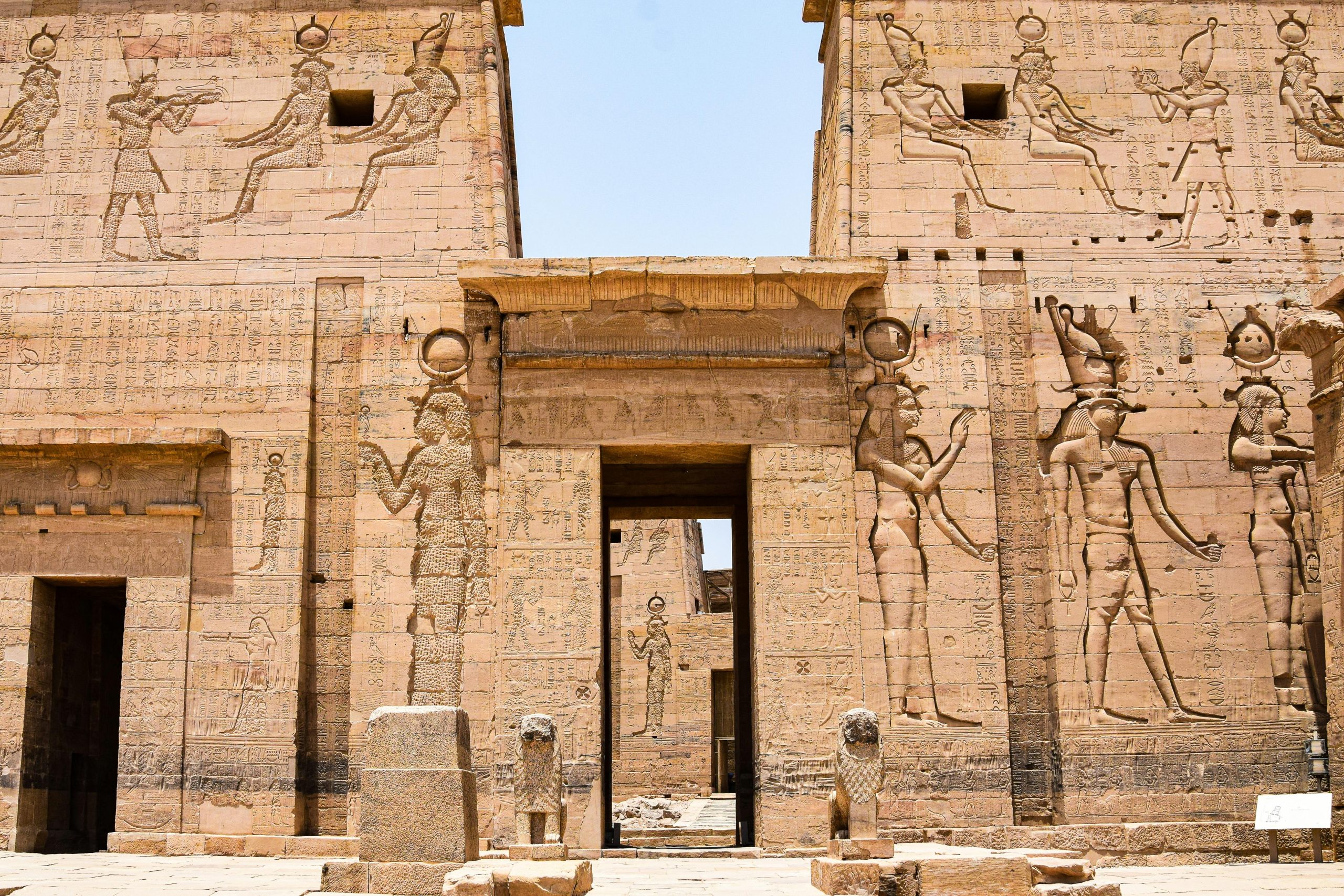An Unseen Legacy: The Vatican’s Hidden Archives
Recently, the passing of Pope Francis sent ripples of shock and sorrow around the world. As we reflect on his life and contributions to the Catholic Church, it brings to light an intriguing aspect of the Vatican that often remains hidden from public view—the extensive underground archives that lie beneath the sacred grounds.
It’s astonishing to consider that the Vatican, a small independent city-state, houses over 50 miles of archival material. These storied underground pathways are not just repositories of religious texts and documentation but are also imbued with artifacts of history that span centuries. The archives hold an extraordinary wealth of information, chronicling events and decisions that shaped the modern world as we know it.
While many might assume the archives merely contain ancient manuscripts and papal records, the reality is far more complex. The Vatican’s collection includes correspondence from notable figures throughout history, treaties that have influenced international relations, and theological works that define various aspects of Christianity. Scholars and historians regard this vast library as one of the most significant historical repositories globally.
Interestingly, access to these archives is highly restricted. Only select researchers and individuals are permitted to delve into the vast troves of information, making the contents somewhat of an enigma to the general public. This secrecy has led to various theories and discussions about what knowledge remains concealed within the walls of the Vatican. However, it is essential to clarify that these archives are not the subject of conspiracy theories but rather a testament to the Church’s enduring history and its role in society.
As we mark this moment in history with the loss of Pope Francis, it’s worth pondering what other stories and lessons might be waiting in the shadows of the Vatican’s archives. Imagine the countless narratives, both celebrated and forgotten, that could illuminate our understanding of the past. This rich tapestry of history is a reminder that while we may focus on the present and what lies ahead, the foundations of our world are deeply rooted in the annals of history—much of which remains tucked away beneath the surface.
In closing, the Vatican’s 50 miles of undisclosed archives invite us to acknowledge our collective past while considering the impact of history on our present lives. As we celebrate the legacy of pope-like figures who have left their mark, let us also recognize the silent guardians of history hidden beneath our feet, waiting to share their secrets with future generations.



